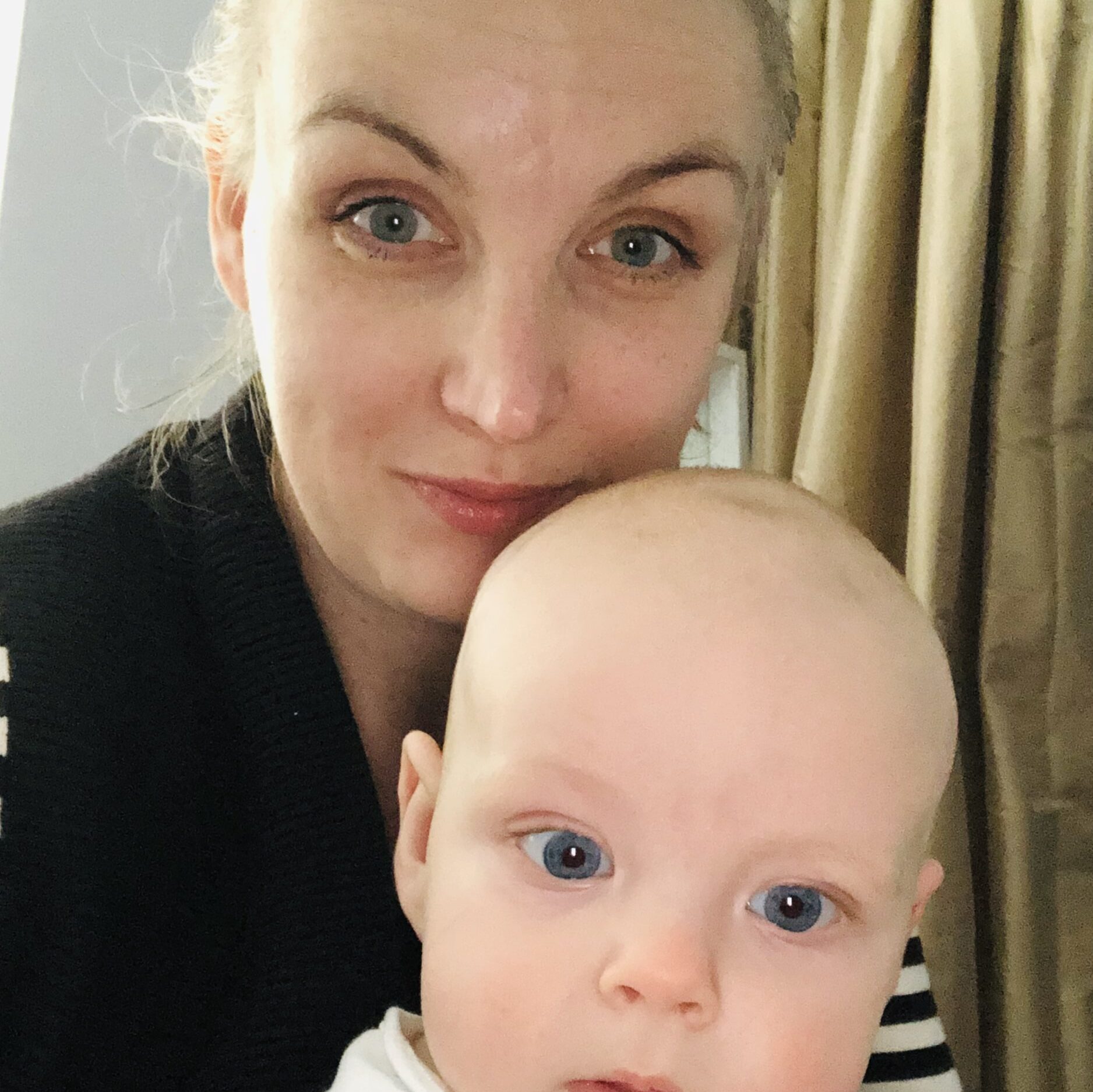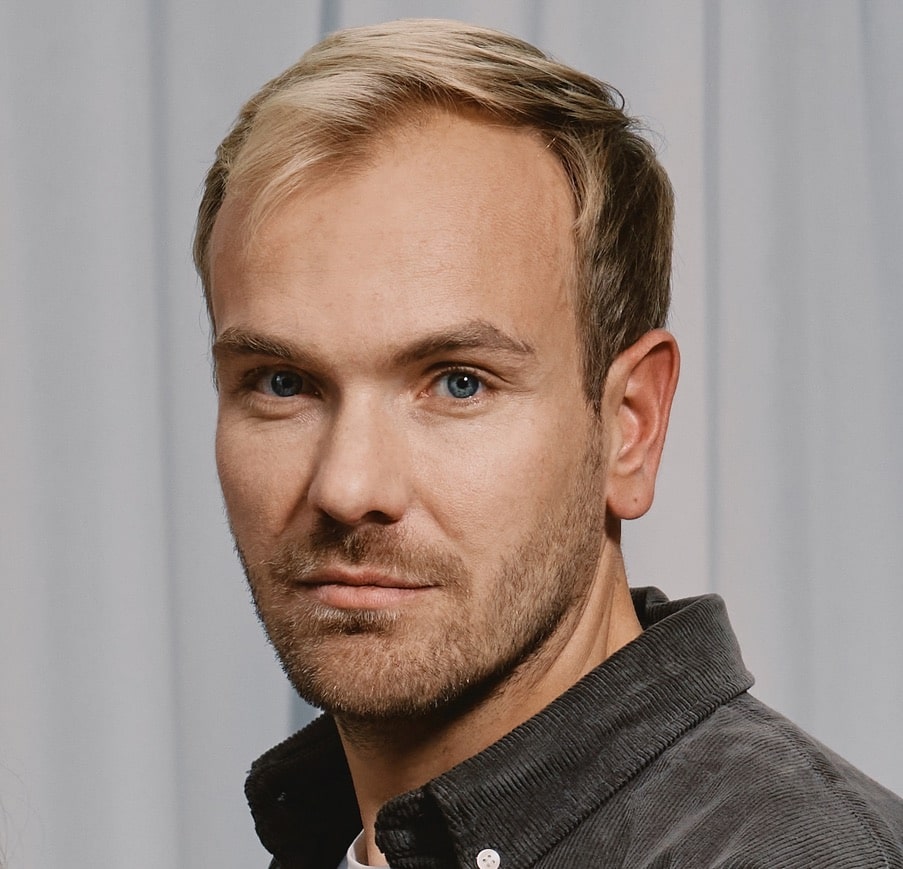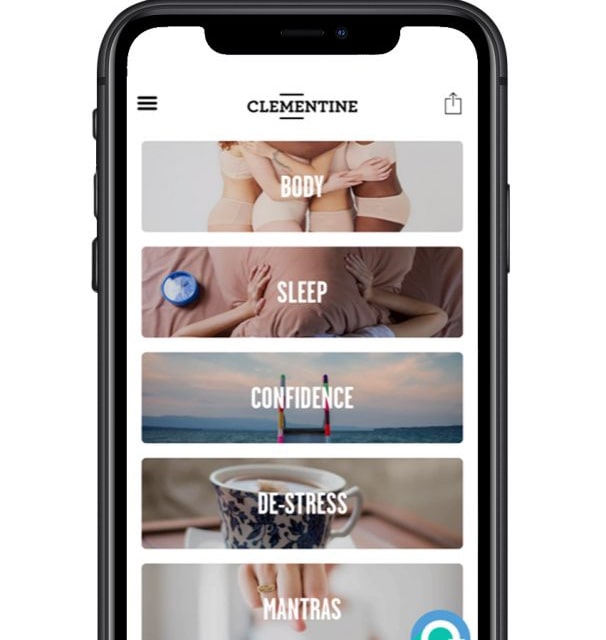The FemTech market is set for growth, as entrepreneurs in this space diversify away from reproductive health issues and into wider women’s health and wellness trends.
Even with this market forecast, FemTech remains an underinvested industry. Due to the nature of FemTech, there continue to be huge disparities between spend in the industry, and the research and development undertaken in the space.
With all this in mind, we asked four FemTech leaders to unlock the FemTech space, by answering an important question: What do investors need to know about FemTech?
What is FemTech?
Cristina Ljungberg, co-founder of The Case for Her, a philanthropic investment portfolio which addresses key women’s health issues, defines FemTech in this way. “Simply put, FemTech is the innovation that improves the lives of women. It covers everything from products and services to apps and digital tools.”

Similarly, Kirstie Heneghan, Operations Partner at Public Innovation Labs CIC, defined FemTech as “tech that serves the female market, primarily.” She went on to say, “this tends to fall around the consumer health tech space, and in particular supporting issues relating to vaginas and boobs.”
Jan Deruyck, Co-founder of Guud, a women’s health brand that helps women to improve their menstrual health, followed on from this point. He says “Femtech is a term used to describe companies who innovate in the women’s health space. Typically, the focus is on companies who are building/using technology (soft and hardware) to improve the lives of women.”
This point was driven by Dr Brittany Barreto, Cofounder of FemTech Focus, who defined the term as “solutions that improve womxn’s health and wellness by addressing ailments that solely, disproportionately, or differently affect women, females, or girls.”
Why should I care about the FemTech space?
Jan Deruyck, points out that “people tend to refer to femtech as a niche, but this niche spans over more than 50% of the population.” He went on to say “Traditionally there has been a lack of focus (read funding) in research, government and business, so inherently this opens up many opportunities for investors.”
Cristina Ljungberg, emphasises this point, and says “this isn’t a niche market, it’s half of the population and there is huge potential out there.”
This huge potential is stressed by Kirstie Heneghan, who says, “value created within a clear niche is highly scalable, as the value proposition is so much more successful and WOM within female communities is higher.”
What is the importance of FemTech?
As Cristina Ljungberg says “Everyone should care about women’s health because it affects everyone and not talking about it only adds to the mentality that it is something that should be hidden or that we should be ashamed of.”

As Brittany Barretto, a global femtech expert, goes on to say “women’s health is everyone’s health.” With this in mind, Brittany notes that “if we improve women’s health then we improve all gender’s health and the health of the economies.”
Kirstie Henegan, who works with startups looking for investment, emphasises that “it’s time all the disadvantages and gaps are closed, with direct focus and recognition of the positive effect of doing so.”
What’s the FemTech Space worth?
As Cristina Ljungberg, importantly states, “the FemTech market is projected to be worth $50 billion by 2025, and now is the time to get on board!”
Kirstie notes the reasoning behind this fast growth, as she notes, “simply by recognising a basic demographic difference and understanding the needs in context, can create exponential value.”

Jan highlights this exponential value when he says “as an investor, you’re always looking for arbitrage and there are so many untapped female challenges that it’s a no-brainer for me to invest my resources in this space.”
Kirstie, emphasises the opportunities these untapped challenges can have, “resolving underserved needs can significantly impact equality, creating a positive cascade effect on global economic recovery.”
Brittany notes that these opportunities are often untapped, meaning “the market sizes are extremely large with a surplus of demand with oftentimes no supply.”
As an Angel Investor himself, Jan says, “we can feel the growth in Europe! There are many new organizations both for profit and non-profit, who are addressing these major challenges. It’s time to put your money where your heart is.”
What risks are involved?
Kirstie Heneghan, says that there are the “same risks and challenges as anywhere else”. She goes on to say that “health related solutions will have regulatory challenges, and there will likely be some complexities in performance against expected outcomes.”
Jan, whose women’s health brand has felt the effects of gender-data bias, notes that “there is a lack of data, specifically on women’s health topics. Most research has been done on males. So this complicates the scientific research and development.”
This lack of data is highlighted by Brittany who says that often in the FemTech space, “business models have not been proven out since no one has provided a solution to this problem before.” This also affects companies offering as they “don’t know the market sizes, since no one has investigated and published it.”
Because of this, Cristina Ljungberg, notes the Case for Her’s “approach to risk is a bit different than others.” She explains that “we are not averse to taking on early-stage, high-risk investments because so much of what we do is about learning. Our goal is to de-risk investments for other funders to come in and help them grow to scale. It’s not necessarily always about what we see as having the most potential for profit, we are really looking for big, brave ideas that we can learn from.”
What are the Challenges?
“The biggest difference is how many female entrepreneurs there are in this space” says Cristina Ljungberg. “We know that tech companies run by women tend to have higher ROIs than those run by men, and yet only 2 or 3% of all available funding goes to female founders.”
On account of this, “raising an angel round is typically the hardest round for FemTech founders” says Jan Deruyck. “A young male engineer can raise on a deck, a female founder needs a lot more traction.”

Following from this point, Dr. Brittany Barreto, highlights that there is a “danger of companies failing due to lack of investment for next round, due to being a female founder (80% femtech founders are women) and/or raising on a ‘taboo’ topic that later stage investors don’t understand”.
For Jan, this lack of understanding also comes from the fact that “industries tend to develop specific lingo”. “For outsiders, it becomes harder over time to enter these communities too.” With this in mind, he suggests “we should actively push to include more men in the conversation”, which he himself is doing in a new podcast series.
What Upcoming Opportunities Are There?
Menopause – Cristina Ljunberg says “there is a massive opportunity for innovation around menopause. By 2025, over 1 billion women around the world will be experiencing menopause and that has been estimated to be a $600 billion business opportunity.”

Poorly understood health issues – Cristina says “poorly understood health issues like vaginismus (painful muscle contractions of the vagina) and vulvodynia (chronic pain in the vulva). The market for this kind of innovation is astonishing—2 in 5 women report having vaginal discomfort and painful sex and until recently, there haven’t been services or products on the market to address these issues.”
Postnatal care – For Kirste, “the space around support for Mums in postnatal care is one to watch. The reality is that women often do take the brunt of this care, and so it should be tailored to them. (Men should also get support but in a different way.) This also includes going back to work, and that adjustment in reality, The Nest Club are doing great things here.”
Integrating app features – Kirstie also highlights, “opportunities that integrate features available in multiple apps, specifically for a niche context, could be really interesting as they bring together technology partners into serving a need so accurately that they start to reform the fragmentation you currently see with apps serving specific functions.”
European Startups – Brittany highlights the European Market, acknowledging that “lots of fantastic European femtech medical device startups that have been funded by grants are raising their first investment round to expand to the US.”
Who are the brands to watch?
Aavia.io who have built an amazing community for the Gen Z generation about hormonal health.

Perla Health is an example of an early stage startup with an amazing founding team who are working on a complex problem. They are building a virtual clinic for PCOS, a hormonal disorder.
Elektra Health. Recently this market has been sized at 600 Billion. Every woman experiences menopause, and it’s a lonely journey. It’s time to smash those taboos!

Guud. Although menstrual health has the image of being the OG first wave of femtech solutions, there are still so many issues left unsolved. More than 75% of women don’t know they can do something about the menstrual disorders they experience every month. That is just unacceptable. For years women have been taught to accept hormonal imbalances as normal. And while they might be common they are not ‘normal’.

Clementine – hypnotic mental wellness app for women
PrivyWoman – their product Finess an incontinence device sold in 800 Targets
Awkward Essentials – Their customers LOVE the product and are very vocal about it. The product works great. The branding is genius. The marketing is so strong. I anticipate a big exit.





